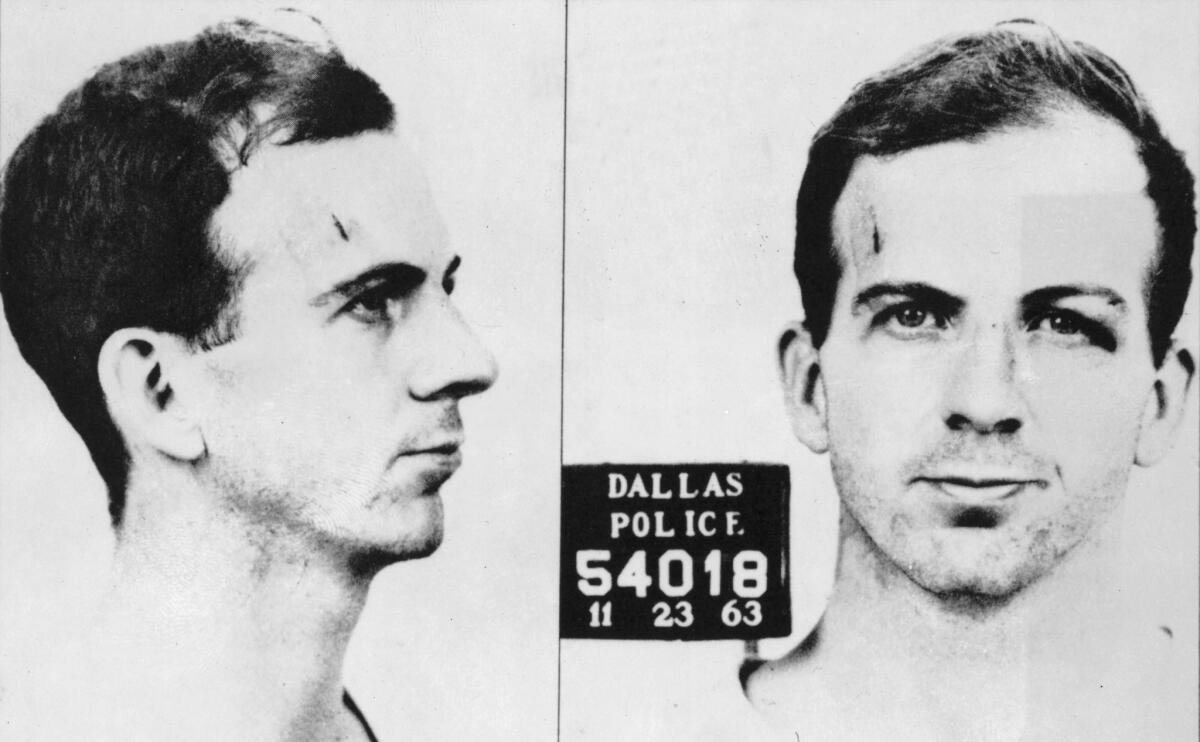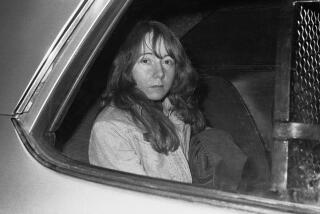Nov. 22, 1963: 50 years, and still no conspiracy

As one of the surviving members of the staff of the Warren Commission, which investigated and issued a report on the assassination of President John F. Kennedy, I am not looking forward to the coming weeks: Nov. 22 will mark the 50th anniversary of Kennedyâs death, and that means a new round of demonizing the Warren Commission and celebrating fallacious conspiracy theories.
After Chief Justice Earl Warren hired me to work for the commission, he told me that âtruth was our only client.â Throughout the inquiry, that phrase remained our guiding principle.
The evidence that Lee Harvey Oswald killed the president was overwhelming. We reviewed ballistics analysis, medical records, eyewitness reports, acoustic patterns and a host of other records and investigative reports, all of which demonstrated beyond doubt that Oswald was the assassin. Scientific evidence confirmed that all the shots fired came from the spot where Oswald was perched and from a gun belonging to him. He showed consciousness of guilt by fleeing and killing a policeman. It wasnât the first time Oswald had contemplated assassinating someone. He had tried to kill a former Army general and outspoken arch-conservative prior to shooting the president.
One reason the conspiracies gained such hold was the bizarre second act of the assassination story, in which strip club owner Jack Ruby shot and killed Oswald as he was being moved by police two days after Kennedyâs assassination. Another factor that fueled the conspiracies was the odd histories of both men. Oswald had lived for a time in the Soviet Union and attempted to renounce his American citizenship. Ruby had an arrest record but had friendly contacts with the police. But nothing in our extensive investigation of the contacts, finances and activities of Oswald and Ruby, including reviews of information from domestic and foreign intelligence sources, indicated a conspiracy. Nor has anything credible arisen in the 50 years thereafter suggesting a conspiracy.
If Oswaldâs estranged wife had not, on the night before Kennedy was shot, rejected her husbandâs offer to reconcile and look for an apartment the next day, there would have been no assassination. And if a last-minute interrogation of Oswald had not delayed his transfer, Ruby would not have been at the jail in time to kill Oswald. These unfortunate coincidences are not, however, consistent with a conspiracy.
Conspiracy theorists have often attempted to latch on to some recollection or statement inconsistent with the commissionâs findings. But even in the simplest auto accident case, there is often conflicting evidence. One has to view the totality of the evidence in order to draw the most reasonable conclusion.
The Warren Commission staff was composed primarily of highly regarded lawyers from around the country with an array of political views. I was a young, soon-to-be private-sector attorney. My father, then Californiaâs attorney general, was an early supporter and political confidant of President Kennedy. I had the privilege of meeting Kennedy when I was an undergraduate at Stanford, and I had every incentive to find and expose a conspiracy if one existed. With a top-secret security clearance, I had full access to the work of the staff, and I never saw anything untoward.
Itâs not all that surprising that assassinations and attempted assassinations often give rise to conspiracy theories. The simple explanation that a troubled but powerless person brought down the worldâs most powerful leader just doesnât seem sufficient.
Thatâs why it was important for the Warren Commission to investigate â and to release its 888-page report with 26 volumes of supporting material. The investigation includes more than 25,000 interview reports and information from many agencies. It may still stand as the most extensive and thorough criminal investigation in history.
Those who, after almost five decades, contend that some information was withheld from the commission, or that it did not follow matters to the point of certainty, even if true, have not been able effectively to show that these alleged deficiencies could have affected the conclusion. The issue should not be whether the commission reached perfection in its methodology â something that is unobtainable â but whether the evidence supports its conclusion. And it does.
For years, polls showed a public that was skeptical of the conclusions of the commission. Such polling results no doubt have been fueled by the multitude of books and films that have sought to profit from advancing a new conspiracy.
But I suspect that most Americans have come to accept the conclusions of the Warren Commission. The history books now seem reconciled to the fact that Oswald, acting alone, assassinated the president. And there have recently been notable works supporting the Warren Commission report, including a massive book by Manson Family prosecutor Vincent Bugliosi, who spent 17 years researching the subject.
The promotion of false conspiracy theories is not harmless. In the past, what one historian dubbed as the âparanoid style of American politicsâ has led to fear of and antipathy toward certain religions and social and political movements.
Conspiracy theories can be satisfying because they supply a cause more proportional to the effect of a traumatic event, but they foster a damaging distrust of institutions. The distortion of history obscures the lessons to be learned from the past.
I hope on this 50th anniversary, the public will be skeptical of new criticisms of the commission and be more doubtful of the new conspiracy theories than of the Warren Commission.
Richard M. Mosk, a justice on the California Court of Appeal, was a member of the staff of the Warren Commission.
More to Read
A cure for the common opinion
Get thought-provoking perspectives with our weekly newsletter.
You may occasionally receive promotional content from the Los Angeles Times.










